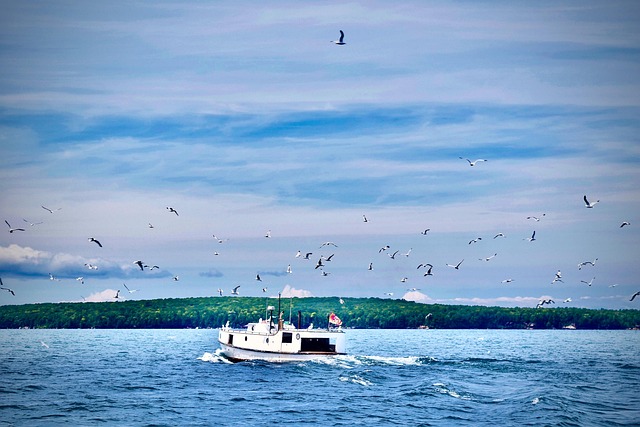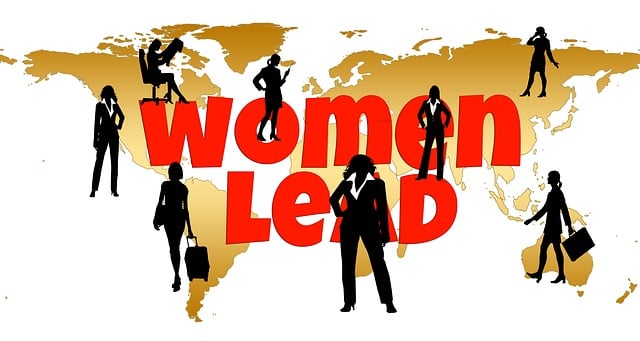Downtown areas present a unique opportunity for real estate investors and developers to rejuvenate neglected spaces into vibrant attractions, attracting locals and tourists. Revitalization strategies include investing in property, businesses, and infrastructure while combining physical transformations with technological innovations. This inclusive approach enhances infrastructure, introduces cultural events, promotes affordable housing, and integrates technology like digital signage and mobile apps. Investing in public art and green spaces further boosts appeal, creating dynamic destinations that drive economic growth and community pride, ultimately enhancing the quality of life for all within the revitalized area.
Downtown revitalization is a powerful tool to transform urban landscapes and attract new visitors. This comprehensive article explores how strategic initiatives can unlock hidden real estate opportunities, revitalizing areas once deemed neglected. We delve into effective strategies that go beyond aesthetics, focusing on creating vibrant hubs that draw locals and tourists alike. By examining the ripple effects of these efforts, we uncover how revitalization impacts communities, businesses, and the overall urban experience, making cities more desirable destinations.
Real Estate Opportunities: Unlocking Downtown's Potential

Downtown areas, often characterized by neglected buildings and empty spaces, present a unique opportunity for real estate investors and developers. The revitalization process involves breathing new life into these underutilized assets, transforming them into vibrant attractions that draw in locals and tourists alike. By investing in property, businesses, and infrastructure, the potential to create desirable residential and commercial spaces is immense.
This trend not only revitalizes the physical landscape but also boosts the local economy. New real estate developments can attract a diverse range of visitors, from young professionals seeking urban living to families looking for a vibrant community. The influx of foot traffic and increased property values serve as a powerful incentive for further investment, ensuring that downtown areas remain dynamic and thriving centers of activity.
Strategies for Attracting New Visitors: A Comprehensive Approach

Revitalizing downtown areas is a multifaceted strategy that goes beyond mere aesthetics. A comprehensive approach involves leveraging various tactics to create a vibrant, inclusive environment that draws in new visitors and fosters a sense of community. This can include strategic partnerships with local businesses and real estate developers to enhance infrastructure, introduce cultural events, and promote affordable housing options. By integrating these elements, downtown districts become not just destinations for tourists but also desirable places to live, work, and play for residents.
One key aspect is the integration of technology to provide seamless visitor experiences. This could mean enhancing digital signage, implementing mobile apps that offer guided tours or local recommendations, and utilizing social media platforms to share real-time events and promotions. Such innovations not only attract new visitors but also keep them engaged and informed, encouraging repeat visits. Moreover, investing in public art installations and green spaces can add character to the area, making it more appealing for both locals and tourists alike.
The Impact of Revitalization: Transforming Urban Spaces

Downtown revitalization projects have a profound impact on urban landscapes, transforming areas once considered neglected or dull into vibrant hubs of activity and interest. This process isn’t just about aesthetic changes; it’s a catalyst for economic growth and community engagement. Revitalization often involves careful planning to integrate new developments with existing infrastructure, ensuring a harmonious blend of historic charm and modern amenities.
Real estate plays a pivotal role in this transformation. Renovated buildings attract businesses, residents, and tourists alike, driving foot traffic and boosting local economies. As property values increase, so does the sense of pride among community members. This positive feedback loop encourages further investment, fostering a sustainable cycle of growth that enhances the quality of life for everyone within the revitalized area.






